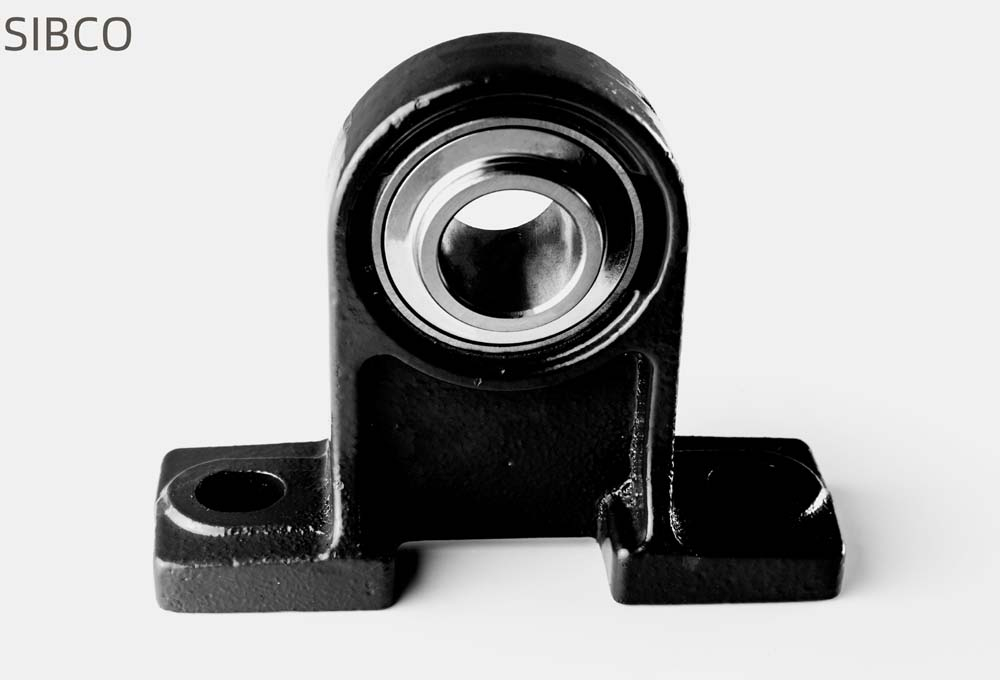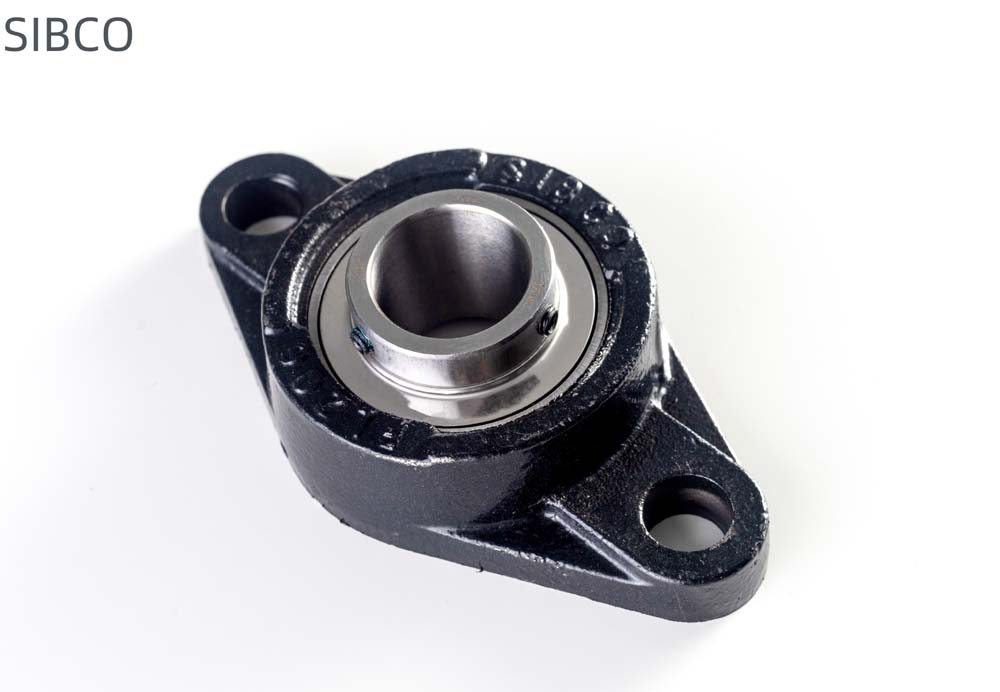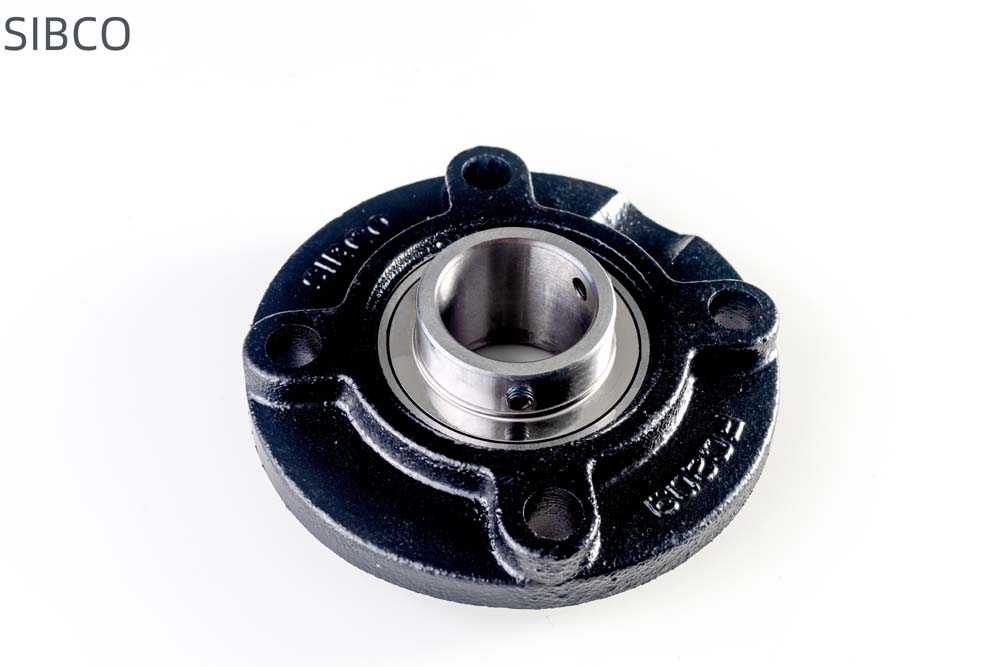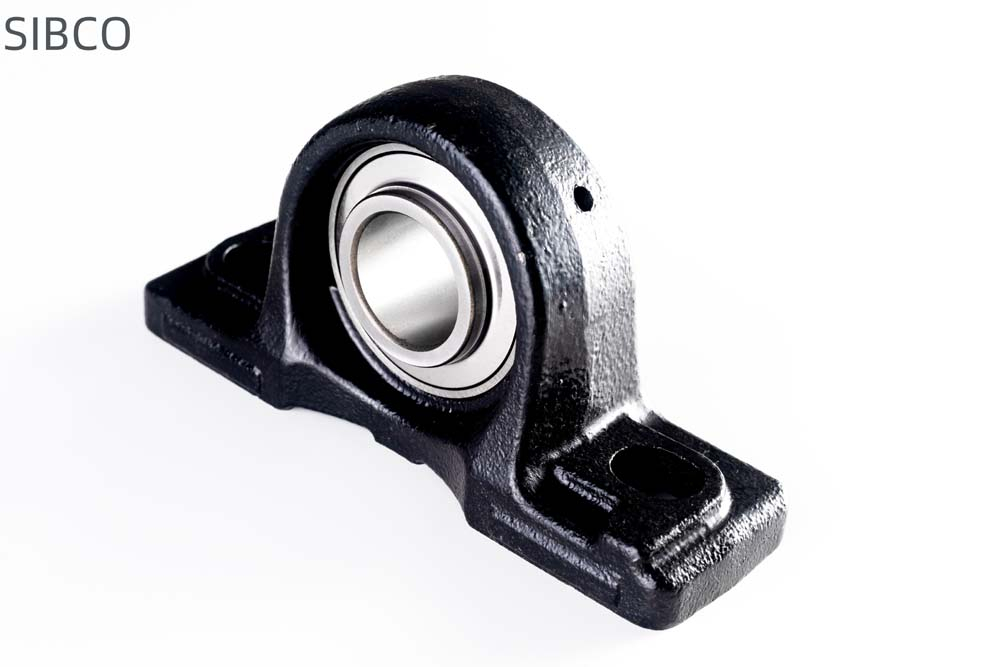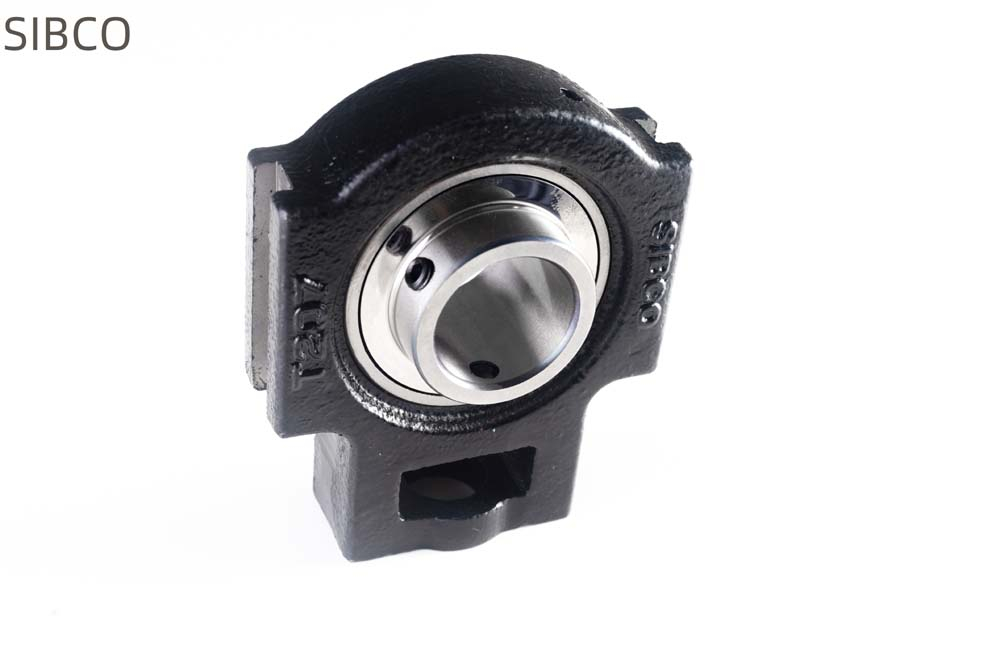The bearing noise is loud, and the culprit is actually it!
Release time:2025-02-09 hits:0次
Generally speaking, the vibration generated in bearings does not produce noise by rolling bearings themselves. The commonly perceived "bearing noise" is actually the sound effect of the bearing directly or indirectly vibrating with the surrounding structure. That's why noise issues can often be seen as vibration problems that involve the entire bearing application.
(1) Excitation caused by changes in the number of loaded rolling elements:
When a radial load is applied to a bearing, the number of rolling elements carrying the load will slightly change during operation, causing a deviation in the direction of the load. The resulting vibration is inevitable, but can be alleviated by axial preloading, which applies to all rolling elements (not applicable to cylindrical roller bearings).
(2) Localized damage:
Due to operational or installation errors, a small portion of bearing raceways and rolling elements may be damaged. During operation, rolling over damaged bearing components will generate specific vibration frequencies. Vibration frequency analysis can identify damaged bearing components. This principle has been applied in condition monitoring equipment to detect bearing damage. To calculate the bearing frequency, please refer to the calculation program "Bearing Frequency".
(3) Accuracy of related components:
In the case of tight fit between the bearing ring and the bearing seat or transmission shaft, the bearing ring may deform due to fitting with the outer shape of adjacent components. If deformation occurs, vibration may occur during operation.
(4) Pollutant:
If operated in a polluted environment, impurities may enter the bearing and be crushed by the rolling elements. The degree of vibration generated depends on the number, size, and composition of impurity particles being crushed. Although it does not produce a typical frequency form, a disturbing noise can be heard.
The reasons for the noise generated by rolling bearings are quite complex, one of which is the wear of the mating surfaces of the inner and outer rings of the bearing. Due to this wear, the mating relationship between the bearing and the housing, as well as between the bearing and the shaft, is disrupted, resulting in the axis deviating from its correct position and producing abnormal noise when the shaft is moving at high speeds. When the bearing is fatigued, the surface metal peels off, which can also increase the radial clearance of the bearing and produce abnormal noise. In addition, insufficient lubrication of bearings, dry friction, and bearing breakage can all produce abnormal sounds. After bearing wear and looseness, the cage may become loose and damaged, which can also produce abnormal noise.
 SIBCO Bearing
SIBCO Bearing
